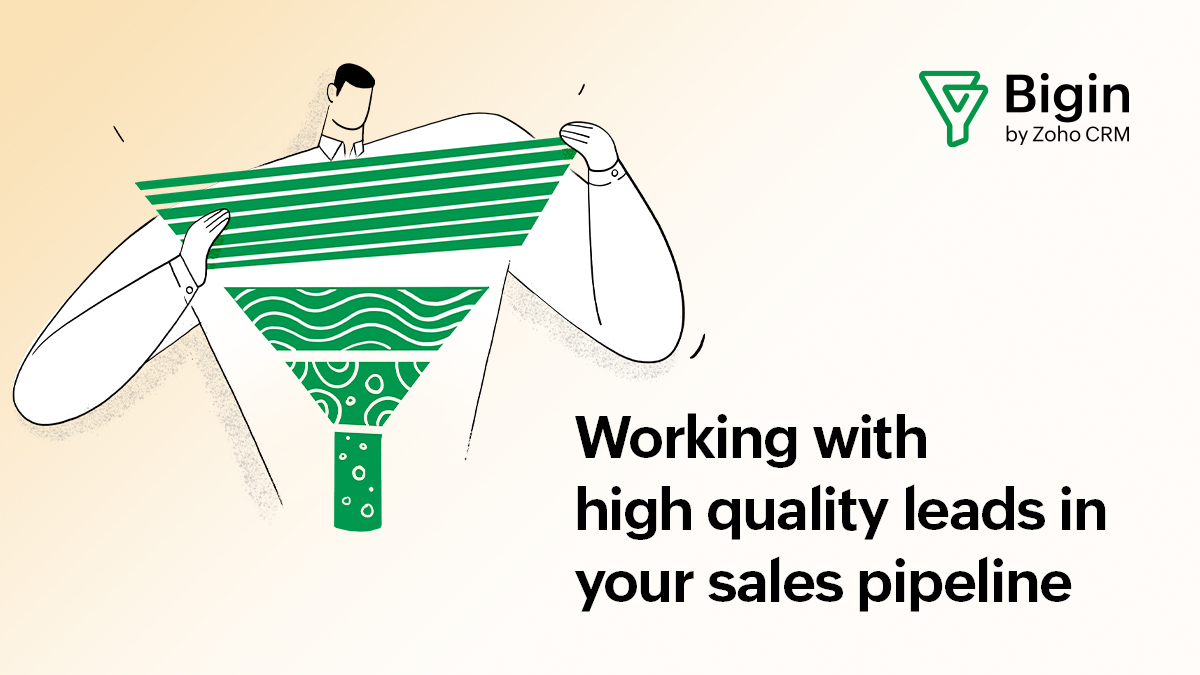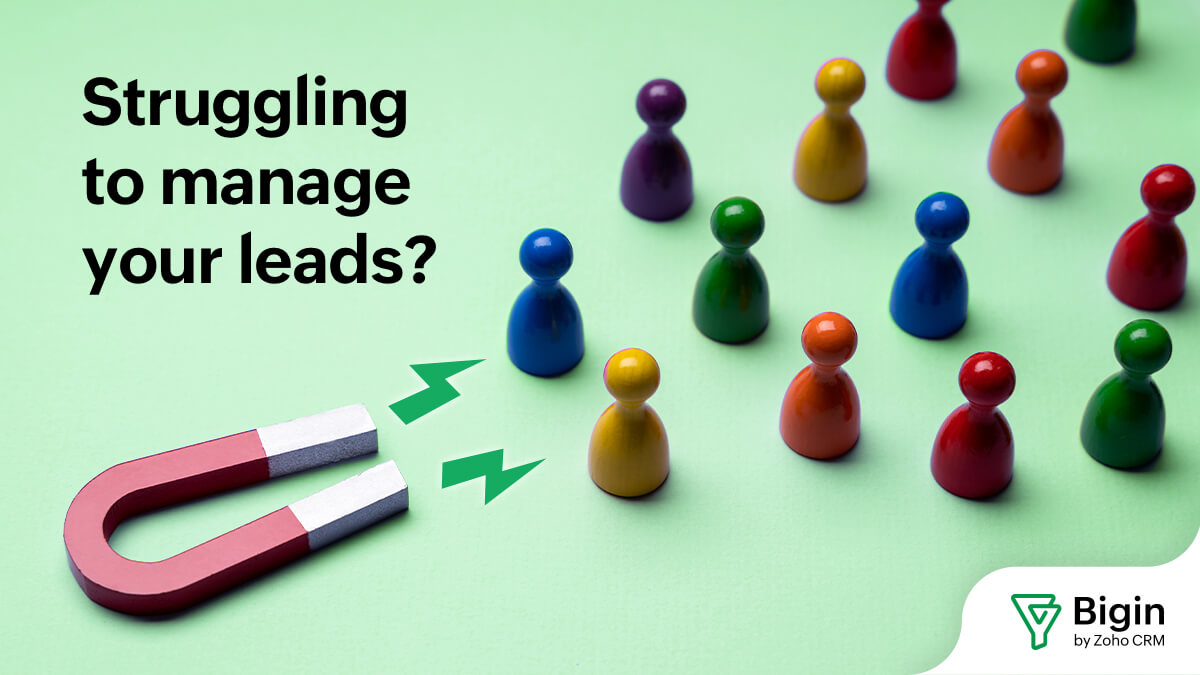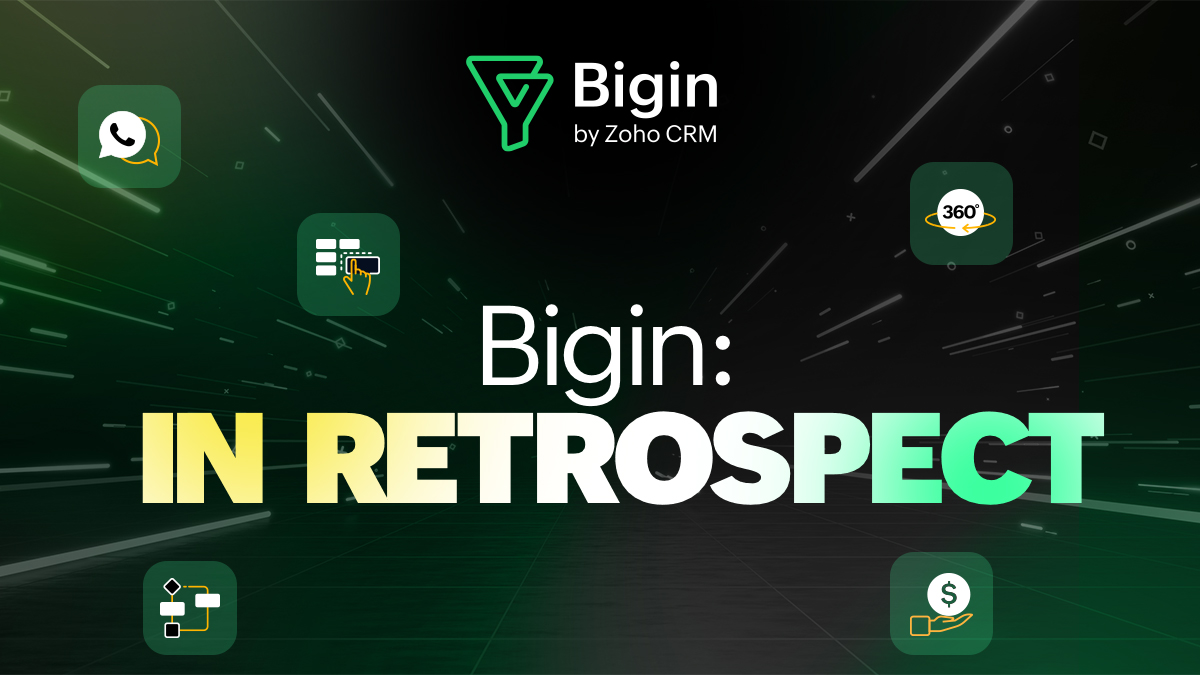Transform your lead generation strategy with sales funnel software
- Published : March 27, 2025
- Last Updated : April 8, 2025
- 87 Views
- 5 Min Read

Generating high-quality leads is tougher than ever. With increasing competition, evolving customer expectations, and an overwhelming number of marketing channels, businesses struggle to capture and convert prospects effectively. Traditional methods often fall short, leading to lost opportunities and wasted effort.
Enter sales funnel software. Designed to streamline the entire lead generation process, sales funnel software automates key tasks, guides prospects, and provides data-driven insights to optimize conversions. By implementing the right solution, businesses can significantly reduce manual effort, improve engagement, and ensure that every lead is properly nurtured. If you're looking to enhance your lead generation strategy, it's time to embrace this powerful technology and take a more strategic approach to converting prospects into loyal customers.
Understanding sales funnels
A sales funnel represents the journey a potential customer takes from the first point of contact to making a purchase. Typically, it consists of several stages:
Awareness: The prospect becomes aware of your brand.
Interest: They engage with your content or explore your offerings.
Consideration: They evaluate your product against alternatives.
Decision: They make a purchase.
Traditional sales funnels were largely manual, relying on cold calls, emails, and in-person interactions. This made the process time-consuming and inconsistent. Modern sales funnels, powered by automation and data analytics, provide a more efficient and personalized approach to converting leads into customers. They help businesses engage prospects at multiple touchpoints, track their interactions, and deliver tailored messaging that aligns with their needs and preferences.
The lead generation problem
Lead generation is a critical yet challenging aspect of sales and marketing. Some common issues include:
Low conversion rates: Many leads fail to progress through the funnel due to lack of engagement or poor follow-up strategies.
Time-consuming processes: Manual lead nurturing can be inefficient, leading to lost opportunities and delays in closing deals.
Lack of personalization: Generic outreach fails to engage potential customers, resulting in disinterest or unresponsiveness.
Poor lead qualification: Sales teams waste time on unqualified prospects, leading to lower productivity and frustration.
According to a recent study, 61% of marketers say generating traffic and leads is their biggest challenge. Traditional lead generation methods are no longer sufficient in an era where customers expect tailored experiences and immediate responses. Without the right tools, businesses risk missing out on valuable opportunities, losing potential revenue, and falling behind competitors who have adopted more efficient strategies.
How sales funnel software transforms lead generation
Sales funnel software addresses these challenges by offering a suite of tools to automate and optimize the process. Here’s how it makes a difference:
Automation capabilities
Sales funnel software automates repetitive tasks such as email follow-ups, lead scoring, and campaigns. This ensures that no lead falls through the cracks while saving time for your sales team. By automating touchpoints, businesses can provide timely responses, improve engagement rates, and ensure that prospects receive consistent communication throughout their journey.
Lead scoring and qualification
Not all leads are created equal. Funnel software assigns scores based on engagement levels, demographic data, and behavior, helping your sales team prioritize high-quality prospects. This ensures they focus on leads with the highest likelihood of conversion, reducing wasted effort and increasing overall efficiency.
Personalization at scale
By leveraging customer data, sales funnel tools enable hyper-personalized messaging, and automated workflows ensure that prospects receive relevant content and offers based on their interactions with your brand. Personalization not only increases engagement but also builds trust and fosters stronger relationships with potential customers.
Data-driven insights
Real-time analytics and reporting provide valuable insights into lead behavior and conversion rates. Businesses can track performance metrics and refine their strategies to maximize results. By understanding which tactics are working and which need improvement, companies can make data-driven decisions that enhance their overall lead generation strategy.
Multichannel engagement
Modern sales funnel tools enable businesses to reach leads across multiple channels, including email, social media, SMS, and chatbots. By providing an omnichannel experience, companies can engage prospects at various touchpoints, increasing the likelihood of conversion. Engaging with leads on their preferred platforms enhances their experience and strengthens brand visibility.
Seamless hand-off between marketing and sales
A well-structured sales funnel software ensures a smooth transition from marketing to sales. Automated workflows can alert sales teams when a lead is ready for direct engagement, reducing friction in the buyer’s journey. This alignment between teams results in a more cohesive sales process and higher conversion rates.
AI-powered recommendations
Advanced sales funnel software leverages AI to predict customer behavior and recommend the best actions. AI-driven lead scoring and predictive analytics help businesses make informed decisions and optimize engagement strategies. By analyzing past interactions and patterns, AI can suggest personalized content and the ideal timing for outreach, improving lead nurturing efforts.
Key features to look for in sales funnel software
Not all sales funnel software is created equal. Here are essential features to consider:
User-friendly interface: Ensure smooth adoption with easy setup and navigation, reducing the learning curve for teams.
Integration capabilities: Connect with CRM, email marketing tools, and other platforms for a seamless workflow.
Analytics and reporting: Make data-driven decisions with detailed insights into funnel performance and customer behavior.
Customization options: Tailor workflows, landing pages, and email sequences to match your brand’s needs and business objectives.
Mobile accessibility: Manage and track leads on the go, ensuring real-time access to critical information.
A/B testing: Experiment with different strategies to see what works best for your audience and optimize conversion rates.
AI-powered recommendations: Use AI to provide data-driven insights and suggest the best actions to take next.
Automated lead nurturing: Set up automated email sequences, retargeting campaigns, and follow-ups to keep leads engaged throughout the funnel.
Implementation strategies
Implementing sales funnel software requires a structured, step-by-step approach:
Define your objectives: Identify what you want to achieve with the software, such as higher conversion rates or improved lead tracking.
Choose the right tool: Evaluate options based on features, ease of use, and budget to ensure the best fit for your business.
Set up automation workflows: Create email sequences, lead scoring rules, and follow-up triggers to streamline lead management.
Train your team: Ensure your sales and marketing teams are comfortable using the software to maximize its effectiveness.
Monitor and optimize: Continuously track performance and adjust strategies as needed to enhance results over time.
Align with your marketing strategy: Ensure that your sales funnel complements your content marketing, social media, and paid advertising efforts.
Test and iterate: Regularly test different elements of your sales funnel, such as landing pages and CTAs, to improve performance over time.
Measuring success
To gauge the effectiveness of your sales funnel software, track these key performance indicators (KPIs):
Lead conversion rate: The percentage of leads that become customers
Time to conversion: The average time it takes to move a lead through the funnel
Engagement metrics: Open rates, click-through rates, and response rates from automated campaigns
Revenue impact: How much revenue is directly attributed to leads generated through the funnel
Customer acquisition cost (CAC): The costs of acquiring a customer before and after implementation
Lead retention rate: How many leads continue engaging with your brand over time
Sales pipeline velocity: How quickly leads move through each stage of the funnel
Analyzing these metrics helps you refine your approach and maximize ROI.
Your path to better lead generation
Sales funnel software can be a game changer if you're looking to streamline your lead generation and boost conversions. With automation, data-driven insights, and personalized engagement, it takes the guesswork out of the process and helps you close more deals with less effort.
If your current approach isn’t delivering the results you want, maybe it’s time for an upgrade. Take a step back, assess what’s working (and what’s not), and find the right tool to fit your needs. The right sales funnel software won’t just improve efficiency—it’ll help you stay ahead of the competition and fuel long-term business growth.
Why wait? Start optimizing your sales process today!
 Anubhav
AnubhavAnubhav is a product marketer with an insatiable thirst for all things content marketing, technology, and SaaS. His expertise lies in crafting compelling narratives that resonate with audiences and drive business growth. With a deep-rooted interest in entrepreneurship, Anubhav closely follows the latest industry trends and innovations, constantly seeking new ways to elevate marketing strategies.


